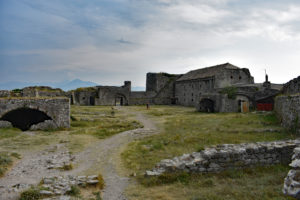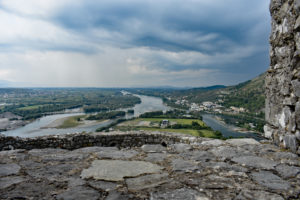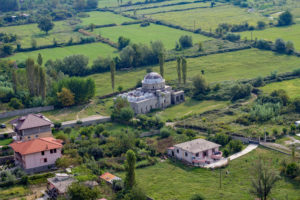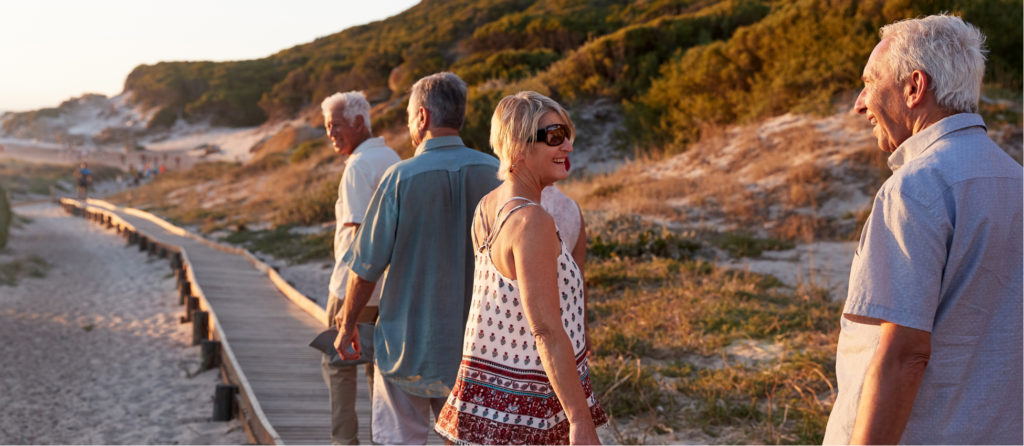It was only day three of our four-week trip to Albania and Rozafa was already our third castle: we were starting to suffer ‘castle overload’. The visit was part of a full days sightseeing and our guide suggested visiting the castle first, with the prophetic words, ‘before it gets too hot’.
The Castle is 3.5km from Shkodra town centre and, as with “Kruja”:https://www.silvertraveladvisor.com/review?id=200217 and Lezha, on top of a hill. The road up was narrow, and the tour buses could only go so far leaving their passengers to walk up the steep, winding, shiny cobbled road. Meanwhile we sailed regally past in our small car although we later discovered you can take a minibus for €1.
Having parked it was still a relatively steep climb, but we kept stopping to ‘admire the views’ whilst Pierro told us about the Castle’s history from the Illyrian period, through to the Venetians and then the Ottoman invasion. Apparently, there were two sieges of the castle by the Ottomans: the first time they were beaten back, but they returned with 200,000 soldiers, set up a camp on a nearby hill and bombarded it. It was the last fortress in Albania to fall to the Ottomans.
The castle is at the confluence of the three rivers, the Drini, Kiri and Buna, and as well as views of the flood plain below, we noticed an old leaden mosque: the first to reopen after freedom of religion was restored in 1990.
At the entrance, we saw how the Illyrians built the lower part of the walls using huge stones, and no mortar. Above one of the arches, was a lion’s tail from the Venetian period and an Ottoman crest. Once inside, we climbed a few steps to a lookout point and then went through three sections: the first where the families would have lived, the second with the church, still in remarkable condition despite the roof having been destroyed by a bolt of lightning (this was ominous as the skies were blackening and thunder was rumbling). The third was where the garrison commander lived (his former house is now a museum which has a separate entrance fee and which we didn’t go into). We saw the entrance to underground stairways and tunnels, used for collecting water and hiding. There was quite a lot of walking and climbing and sturdy shoes were required.
As we walked back through the castle, Pierro told us about the legend of Rozafa. Three brothers were building the castle walls, but each night, the walls fell down. A wise, old man advised them to sacrifice someone to avoid this happening. They eventually decided to sacrifice one of their wives and agreed that the one who would bring their lunch the following day would be buried in the castle walls. Although they promised not to tell their wives, the two older brothers did, so it was Rozafa, the wife of the younger brother, who brought lunch. She was told of the deal and accepted being walled on condition that her right breast was exposed to feed her new-born son, her right hand to caress him and her right foot to rock his cradle.
Back at the entrance, not only was it raining, but we saw water dripping down through the rock, creating stalactites, known as ‘Rozafa’s milk’. He was very dismissive of tourists who only want to see this at the entrance and are not interested in the castle and its history.










